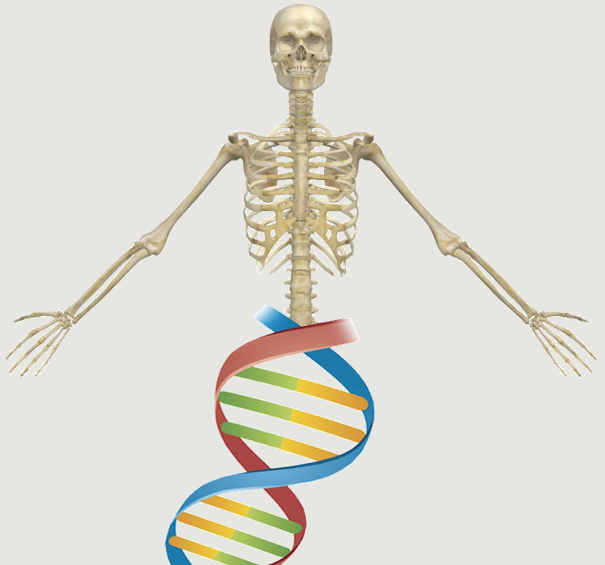Abstract:
Bone autografts are considered the gold standard for cranioplasty, although they lead to co-morbidity. Bone allografts are more easily obtained but have low osteogenic potential and fail to integrate into healthy bone. Previously, we showed that, by coating long-bone allografts with freeze-dried recombinant adeno-associated virus (rAAV) vector encoding for an osteogenic gene, enhanced osteogenesis and bone integration were achieved. In this study our aim was to evaluate the bone repair potential of calvarial autografts and allografts coated with either single-stranded rAAV2 vector (SS-rAAV-BMP2) or self-complementary pseudotyped vector (SC-rAAV-BMP2) encoding for bone morphogenetic protein (BMP)2 in a murine cranioplasty model. The grafts were implanted into critical defects in the calvariae of osteocalcin/luciferase (Oc/Luc) transgenic mice, which allowed longitudinal monitoring of osteogenic activity using bioluminescence imaging (BLI). Our results showed that the bioluminescent signal of the SC-rAAV-BMP2-coated allografts was 40% greater than that of the SS-rAAV-BMP2-coated allografts (p<0.05) and that the bioluminescent signal of the SS-rAAV-BMP2-coated allografts was not significantly different from the signals of the autografts or uncoated allografts. Micro-computed tomography (muCT) confirmed the significant increase in osteogenesis in the SC-rAAV-BMP2 group compared with the SS-rAAV-BMP2 group (p<0.05), indicating a significant difference in bone formation when compared with the other grafts tested. In addition, histological analysis revealed extensive remodelling of the autografts. Collectively, these results demonstrate the feasibility of craniofacial regeneration using SC-rAAV-BMP2-coated allografts, which may be an attractive therapeutic solution for repair of severe craniofacial bone defects.
Notes:
Ben Arav, Ayelet Pelled, Gadi Zilberman, Yoram Kimelman-Bleich, Nadav Gazit, Zulma Schwarz, Edward M Gazit, Dan eng R01 DE019902-02/DE/NIDCR NIH HHS/ R01 AR046545/AR/NIAMS NIH HHS/ R01 DE019902-03/DE/NIDCR NIH HHS/ R01 DE019902-01/DE/NIDCR NIH HHS/ R21 DEO17096/PHS HHS/ P30 AR061307-01/AR/NIAMS NIH HHS/ R21 DE017096/DE/NIDCR NIH HHS/ P50 AR054041/AR/NIAMS NIH HHS/ R01 DE019902/DE/NIDCR NIH HHS/ P30 AR061307/AR/NIAMS NIH HHS/ P50 AR054041-06/AR/NIAMS NIH HHS/ Research Support, N.I.H., Extramural England 2012/09/04 06:00 J Tissue Eng Regen Med. 2012 Nov;6(10):e43-50. doi: 10.1002/term.1594. Epub 2012 Sep 3.
Website

